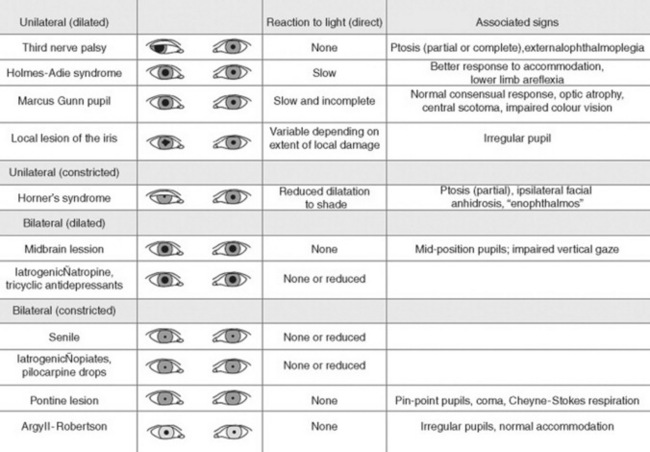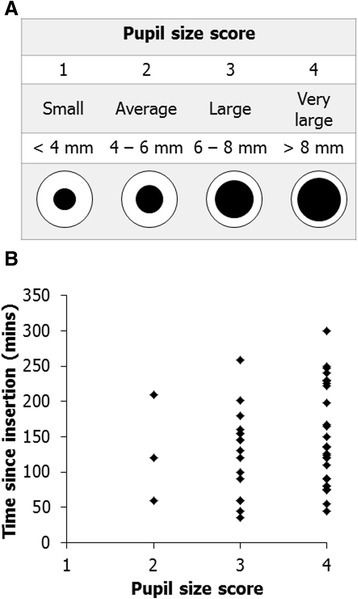

Unless otherwise stated, items will have age related wear the older the item the more the wear. If you have any questions about any of our items, be sure to send us a message! We attempt to photograph and describe each item to the best of our knowledge and price them at competitive prices. I also try to depict the colors as accurately as possible, however they may look different on your screen.Īt Dusty Barn Vintage we believe in spreading our love for all things vintage! We strive to fill our shop with a broad variety of vintage finds including glassware, kitchenware, home decor, clothing, and other unique items. I inspect each item carefully and note in my description anything that may be considered a flaw, imperfection, defect etc. Whether from use or the passing of time, it is common for vintage items to have flaws and/or imperfections. Please study pictures carefully.Ĭontact us if you have any questions or need additional photos! KAR-391 The pages have browned a good bit, some pages have rips (the first page is ripped in half but both pieces still there, the last page is ripped in half and missing the bottom half), and there is some writing on the inside. Softcover, 30 pages, and measures 7.25" by 5.25"

It is more like a soft booklet since the threads on the spine are exposed.Ĭopyright 1921, 1927 by Scott, Foresman and Company The pages have large text and color illustrations. The ten states with the highest per pupil spending are: New York ($24,040), District of Columbia ($22,759), Connecticut ($20,635), New Jersey ($20,021), Vermont ($19,400), Alaska ($17,726), Massachusetts ($17,058), New Hampshire ($16,893), Pennsylvania ($16,395), and Wyoming ($16,224).This is a vintage children's educational book called The Elson Pupil's Hand Chart. Utah has the lowest per-pupil spending of $7,628 per student. New York currently spends $24,040 per pupil, approximately 90% above the national average. New York has the highest per-pupil spending of all of the 50 states. Administrative expenses and support staff also account for some of the spending. For most states, instructional employee salaries and benefits account for at least half of the total per-pupil spending. Higher teacher salaries and benefits also lead to higher per-pupil spending, among several other factors. One factor is the money that the schools are allocated, which directly correlates with how much the schools spend on students. Public school spending varies greatly in different states and depends on several factors. spends the fifth-highest amount per pupil compared to the 37 other OECD countries, behind Luxembourg, Switzerland, Austria, and Norway. The United States allocates about 11.6% of public funding to education, below the international standard of 15%, and spends about 4.96% of its GDP on education, compared to the 5.59% average of other developed nations. spends $15,908 per pupil on postsecondary education and $33,063 per pupil on graduate and postgraduate education. The federal government provides 7.7% of funding, state governments provide 46.7%, and local governments provide 45.6%. Federal, state, and local governments spend about $720.9 billion annually or $14,840 per pupil. In the United States, K-12 schools spend about $612.7 billion annually. Census Bureau, the amount spent per pupil for public elementary and secondary education increased by 3.4% during the 2018 fiscal year, making the sixth consecutive year of increased spending in all 50 states and the District of Columbia. Per pupil spending is the amount spent on education per student. Some states are better for education overall, some have higher educational attainment levels, and some have the best conditions for teachers. Education varies significantly between states.


 0 kommentar(er)
0 kommentar(er)
